How Long Should Beer Be In The Primary Fermenter?
I’ve been asked this question a couple of times now, “How long should primary fermentation take?” or “How long can I leave the beer in primary for?”. That is what we are going to cover in this article.
The general consensus among home brewers is that racking a beer to a secondary fermenter is often unnecessary. I’ve even talked about it myself, with a couple of exceptions like extended maturation times and adding fruit or wood to a beer, I don’t bother with secondary vessels and neither should you.
If you aren’t using a secondary vessel to ferment in, the question then becomes a case of how long is enough and how long is too much time in primary?
I guess the confusion arises with regards to the period of time in the primary fermenter because of a couple of factors. It seems the two sides of the coin are either;
How quickly can I ferment my beer then get it into bottles
or
How long can I leave it in primary without affecting flavour before bottling
The two points can have different answers depending on a whole load of variables. Let’s start by looking at the first point of, “how quickly you can move a beer from the primary fermenter to bottles/keg?”
Table of Contents
How Quickly Can I Move Beer From The Primary Fermenter?
First of all, I understand the desire to get a beer done as soon as possible. I have written about how long it takes to brew beer before. It is an exciting process and sometimes the patience required to go from brewday to trying the beer is hard to find. Take my advice, the more you rush a beer, generally, the quality will diminish. I’m not saying the beer will be bad, it just won’t be as good as it could be.
I am of the opinion that, the less time you condition in the fermenter, the longer the conditioning time in the bottle. Whereas giving time for the beer to condition in the fermenter, means a shorter time after bottling until the beer is at it’s best for drinking.
I almost always ferment my beers for 3 weeks in the primary fermenter. This works best for me and is what I recommend under most circumstances.
If you do want to get a beer out of primary and into bottles in a quick turnaround, what is the timeframe? Of course, there is no easy answer, there are however some ways to estimate it.
The main goal of fermentation is for the yeast to turn fermentable sugars to alcohol. It is easy enough to see when this has happened by using a hydrometer. After the activity in the primary fermenter has died down, take readings on consecutive days and when the gravity of the beer is stationary (i.e stops falling) you know the yeast have fermented all the available sugars.
This burst of activity can be over in as little as three days if the beer is a low ABV, stronger beers will take longer and can take up to a week or more. It would be wrong to take the beer out of primary at this point though as there is still important processes being carried out by the yeast.
Conditioning Takes Time
Byproducts created by the yeast during fermentation are still in the beer and they are undesirable in terms of flavour. In the next phase of fermentation, these byproducts are cleaned up by the yeast.
A diacetyl rest, where the compound diacetyl is removed can take several days after the initial burst of yeast activity. This is just one example of the conditioning phase of fermentation.
The beer needs to be in contact with the yeast for this cleanup to happen, racking the beer off the yeast will leave these undesirable compounds in the beer after bottling.
The other concern about bottling the beer too soon after primary fermentation is that a lot of yeast will still be up in suspension. This means that when you bottle the beer you’ll have a large buildup of yeast sediment in the bottom of the bottles.
Every time you pour a beer it will rouse the yeast and you end up with murky, cloudy beer. Waiting for the yeast to flocculate (settle out) to the bottom of the fermenter avoids this issue.
The rate of flocculation depends on the yeast strain, it can take anywhere between 3-4 days if you have a highly flocculant yeast strain to 1 – 2 weeks for a low flocculant yeast strain. This is after you’ve reached the final gravity.
Taking all of these factors into account how quickly can you bottle or keg from primary fermentation.
The soonest I have done is for a 4% ABV beer and I fermented for 7 days, this leaves time for complete attenuation (allowing yeast to ferment all the available sugars), conditioning and cleanup of off flavours, and flocculation of the yeast. Would the beer of been better if left a little longer in the fermenter, it’s hard to say without testing, it definitely tasted good.
How Long Can You Leave Beer In The Primary Fermenter For?
This is possibly less frequently asked compared to “how quick can I ferment a beer?” What happens to all of us at some point is commitments and life, in general, can be busy and hectic. Finding time to rack a beer and package it in bottles takes time and when we are busy it’s not something we look forward too.
The problem with leaving a beer in the primary fermenter too long is the yeast. After the yeast have flocculated and cleaned up any of the byproducts created during fermentation they begin to break down. The yeast cells die and this creates unwanted flavours in the beer. This process is called yeast autolysis
When Does Yeast Autolysis Happen?
Yeast autolysis creates a kind of marmite or meaty flavour in the beer. It’s more prevalent in commercial beers than home brew it seems, which may be something to do with the amount of stress on the yeast.
In a commercial brewery, the fermentation vessels are much bigger, there is a bigger weight and pressure on the yeast and cells break down quicker. This is why commercial breweries are quick to remove yeast from the beer after the conditioning is complete. On a home brew scale, there is not so much pressure or heat generated by fermentation to contend with so autolysis happens at a slower rate.
If you do intend to age a beer for a couple of months I would recommend moving the beer to a secondary vessel. High ABV beers for example like Imperial stouts are suited to bulk aging in a fermenter. Moving it off the bulk of the yeast after 3-4 weeks would be my recommendation and then leave it for as long as you like in a secondary vessel, several months will be fine.
If you are brewing a straightforward, regular ABV beer though how long is too long? Personally, I have left a beer in primary for around 5 – 6 weeks without noticing any off flavours. I wouldn’t recommend it as a routine procedure, but it didn’t result in disaster.
I will stick to my 3 weeks as standard operating procedure. If the occasion does arise though there is room for maneuver.


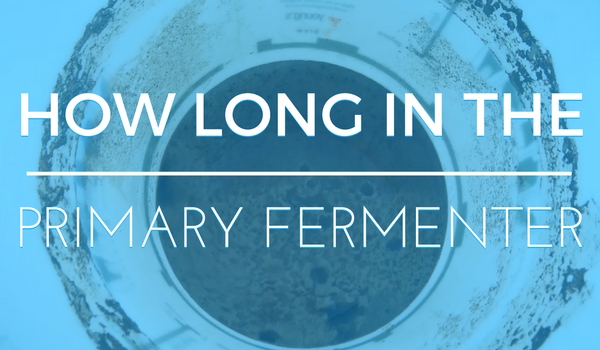
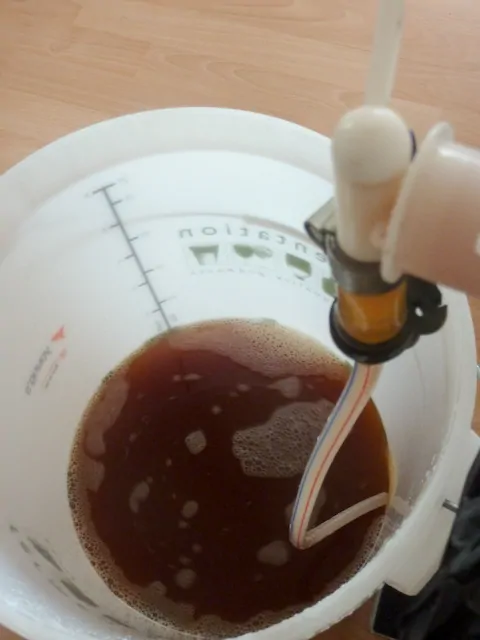
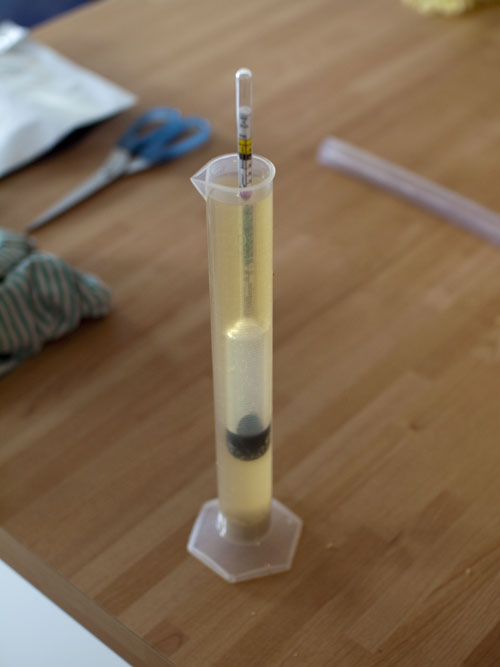
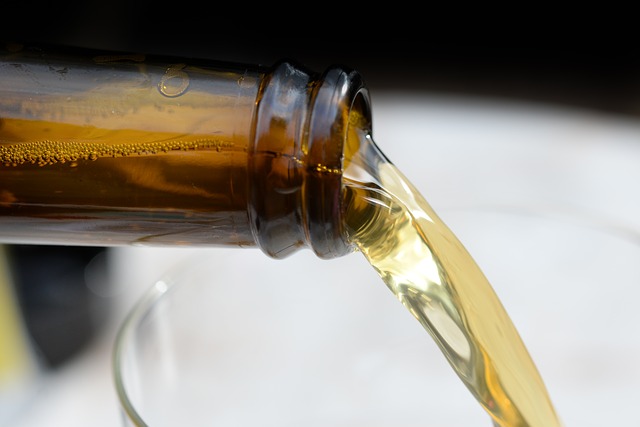
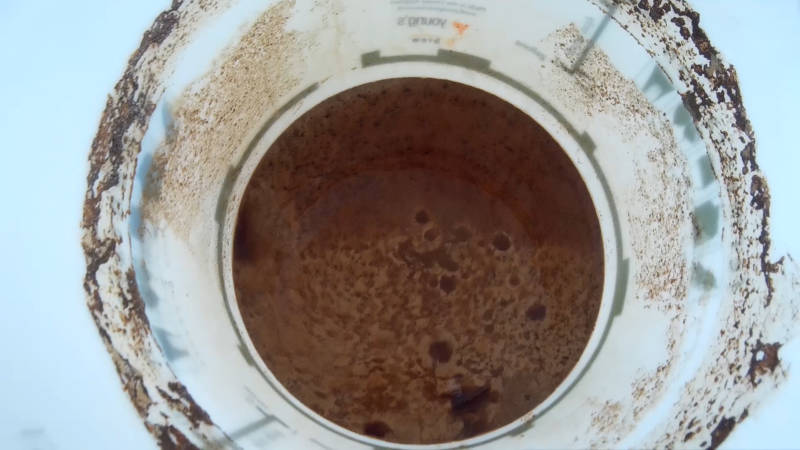


Hello!
Very interesting point and honestly, I also believe is more about “how long can I leave the yeast in contact with the wort”. I see you talk about big breweries having more pressure acting over the cells would logically break them down earlier. Anyway, I was wondering what was your personal experience in terms of volume; you’ve mentioned 3-4 weeks in the primary container but would you consider this for very low batch quantities? Think of 9 lt for example.
And, would you consider temperature as a critical factor for such time?
Thanks.
Hi Alejandro,
I quite often brew 10-litre batches and have occasionally left them in primary for a month before. I couldn’t detect any off flavours but it does get to a point where you might start to worry the yeast will start breaking down.
I would consider high gravity beers and higher temperatures a reason to rack sooner.
Thanks for getting in touch.
Many thanks for the article – it has reassured me a lot. I typically brew and then 2 weeks later rack the beer as this fits in with my schedule without too many issues! However I brewed on 8th September without giving thought to an upcoming week away. So my options are to bottle the beer tomorrow evening before going on Friday or waiting until I come back on the 28th. I am not going to try and get this done before going away and causing additional stress and the potential to have a mishap. Cheers!
Glad the article helped!
Cheers
Thanks for the great article! I am new to homebrewing, I’ve been drinking ale for many years but only recently decided to make my own given I’m at home more due to the COVID-19 lockdown. My first batch was completed a few weeks ago and it turned out pretty well, not brilliant but definitely better than quite a few pints I’d paid a lot more for in the pub.
I currently have two 23l brews still in primary fermentation, one has been fermenting for 4 weeks, the other only for two. I’m wondering when I should rack these brews into secondary vessels – obviously a hydrometer reading will tell me precisely, however I can still see bubbles forming in the airlock (albeit very slowly) – if I “burp” the vessel by gently pressing on the lid of the fermenting bin to push out some of the gas, and thus lower the pressure inside to “reset” the airlock level (so the liquid level on each side of the bend is roughly level), if I come back several hours later I can clearly see that the pressure inside the vessel has gone back up again. So this suggests that fermentation isn’t quite finished, since the yeast is still presumably producing CO2 (and alcohol). Hence, if this really is the case, then I shouldn’t bother with a hydrometer reading just yet since I would prefer to minimise the risk of contamination by opening the fermenter to do so.
So my question is, is it possible for the yeast to continue to produce CO2 after fermentation is complete? I can’t immediately see how this could be possible, however if such a mechanism exists then it would possibly explain my observations of the airlock and in that case I probably should take a hydrometer reading even if it does marginally increase the risk of contamination. Both brews should produce fairly strong beer (the one fermenting for 4 weeks should finish at about 7.5%, the one that has been going for 2 weeks should finish at about 5.5%), so I had expected that complete fermentation would take some time, and I’m more than happy to wait as I’m in no rush, but on the other hand I’m worried about leaving it too long and ending up with spoiled beer.
Thanks in advance for any advice you can offer, and again, thanks for the great article!
Hi Dave, once fermentation is complete yeast will stop producing CO2. What can happen, particularly with vigorous fermentations, residual CO2 will remain in solution. This means that for a period of time after yeast convert all the sugar to alcohol CO2 will continue escaping from the beer.
I have had this happen for nearly a month before, even after active fermentation finishes. It can also happen if there is a yeast cap that hasn’t sunk back into the beer. The cap creates a seal that makes it harder for dissolved CO2 to escape from solution. It make the airlock bubble a lot longer.
I hope this makes sense. If you are worried rack the beer to a clean sanitised fermenter and this will help know a lot of dissolved CO2 out of solution.